At the beginning of April after Borodianka city near Kyiv, Ukraine was freed from occupation by Russians, Elizaveta Servatynska, a “Suspilne” photographer, took a photo of a kitchen cabinet that miraculously remained intact after collapse of a kitchen in one of the apartment buildings. Almost instantly, this photo was taken as the basis for a series of memes, using the kitchen cabinet to demonstrate people’s resilience in the war time. It was only later that attentive lookers saw and recognized the rooster perching on the cabinet.
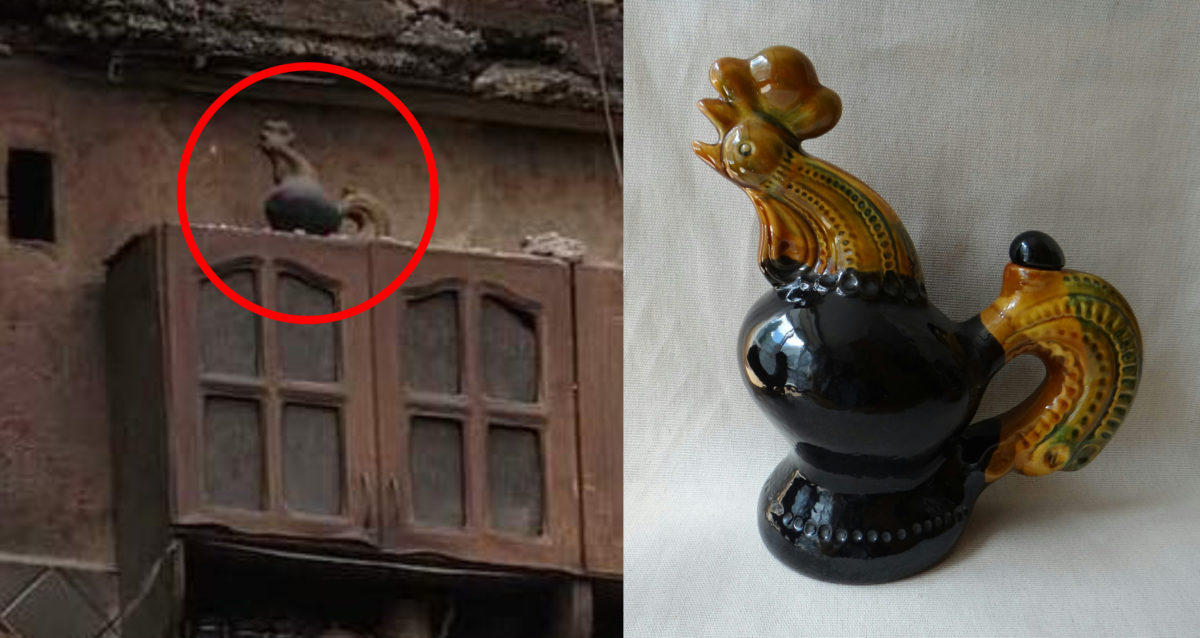
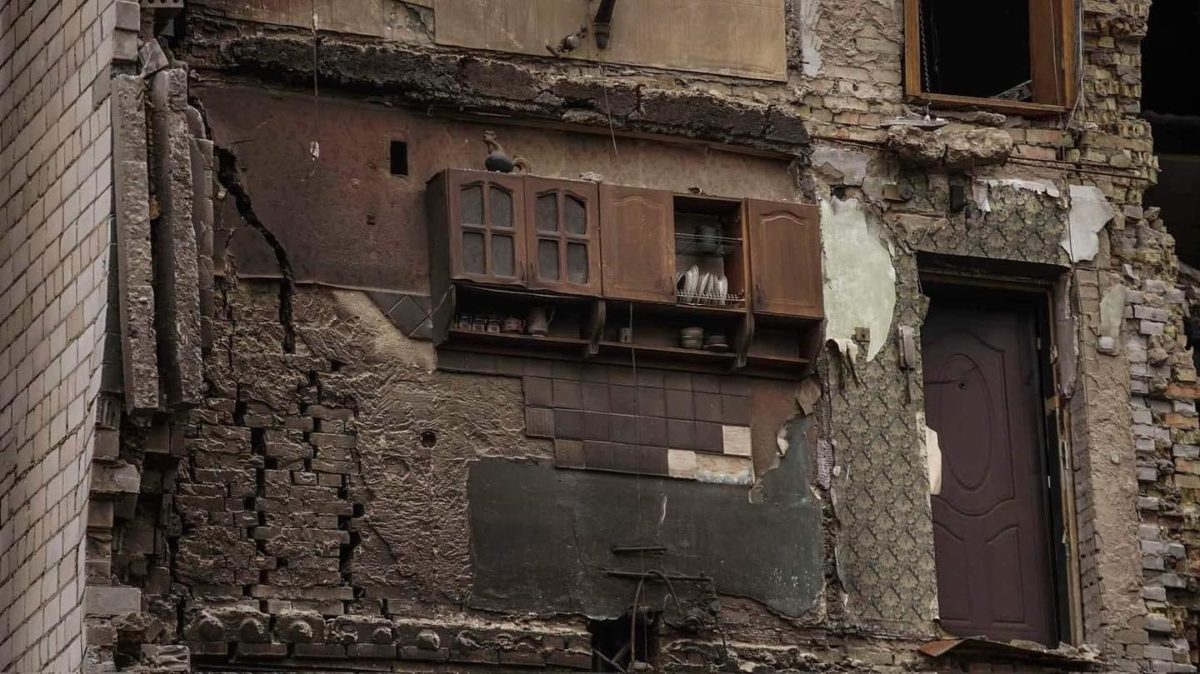
The rooster turned out to be one of those created at Vasylkiv majolica factory. Its creation was immediately attributed to Prokip Bidasiuk who during 1940s used to work at this factory. As a confirmation of this, people who were researching the matter, presented the inscription under a work from the exhibition “Kind animals” that took place in the National Museum of Folk Applied Arts in Kyiv in the 2019 and was presented by gallerist Pavlo Gudimov.
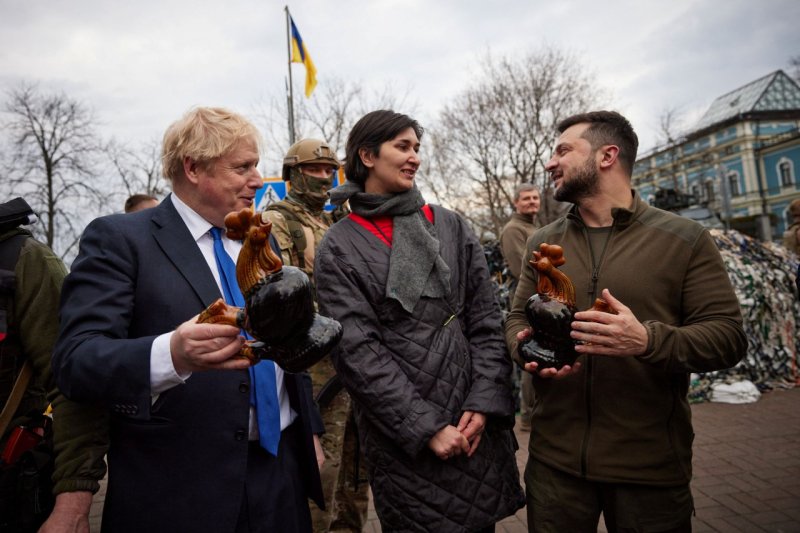
However later thanks to Serhii Denysenko, one of the Vasylkiv majolica factory artists, it was revealed that it is a work of Protoryev couple – Valerii and Nadiya, and not of Prokip Bidasiuk. To this, it was interesting to learn the opinion of Mr. Denysenko, a person who had dedicated his entire life to Vasylkiv majolica factory, on how realistic a renewal of the production was.
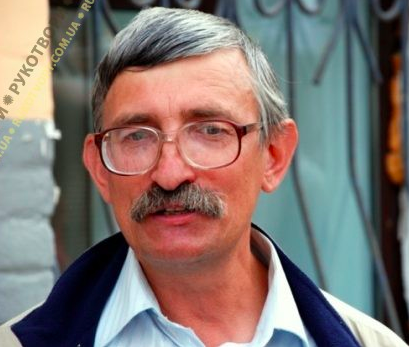
Serhii Denysenko
Who is the author of the ceramic rooster that became known after it had survived on a kitchen cabinet of a ruined apartment building in Borodyanka?
This work is 99% a work of Valerii Protoryev, because earlier when we used to sign such works to submit them to exhibitions we indicated Valerii Protoryev as the author. The work was mistakenly assigned the authorship of P. Bidasiuk at the exhibition of Pavlo Gudimov, hence the confusion. This rooster is from the factory reference models. Such works had mandatory passports because each of them was approved by the Art Council.
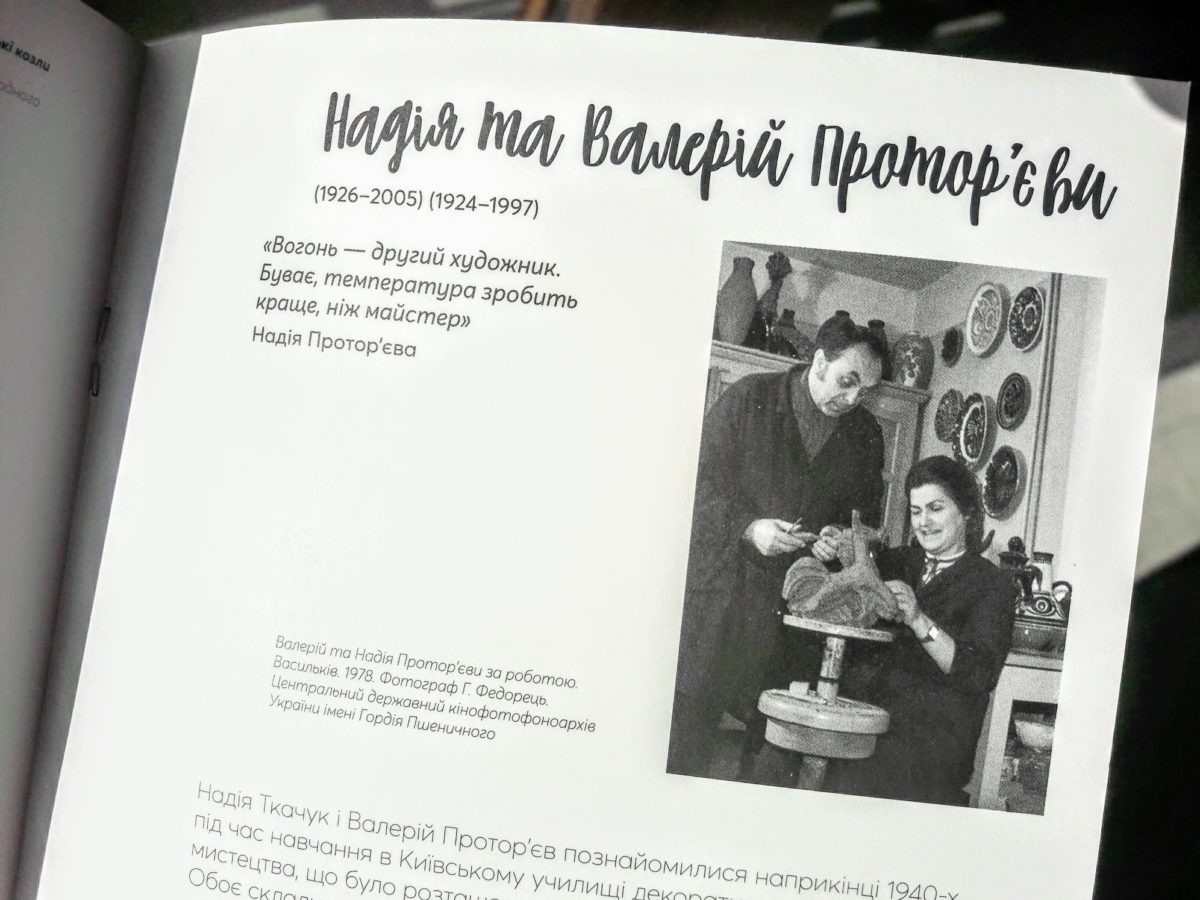
Bidasiuk in general had few references of his own in production. All the decorative details of this rooster are characteristic of V. Protoryev creative work. Prokip Bidasiuk was a plaster model workshop master. He wasn’t even listed as an artist at the factory. Some of his “kumanetses” (Ukrainian style donut-shaped jugs) were taken to production but is happened back in 1950s. And this rooster was created in the 1960s and its manufacture continued till 1980s. In general, several thousands of such roosters were manufactured.
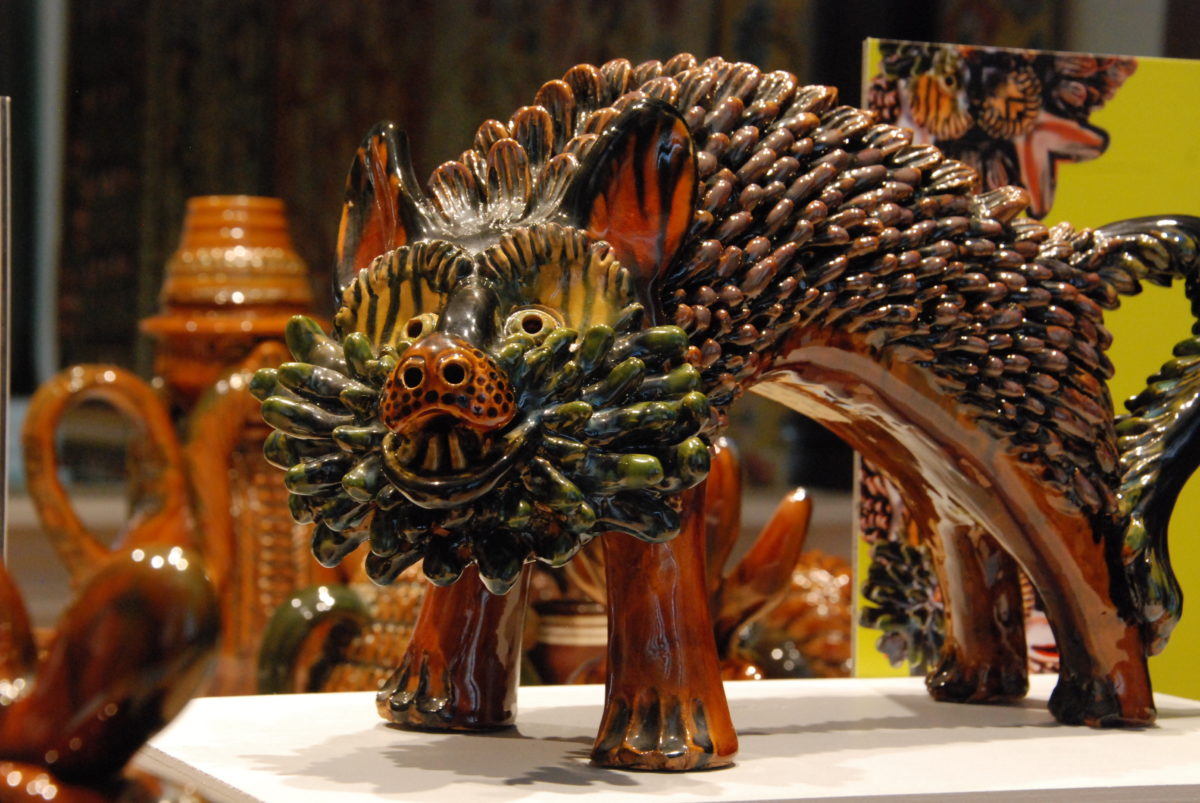
Could you tell us about the fate of the Vasylkiv majolica factory? What are its present conditions and is it possible to renew its operation?
The factory was shut down in 2004. Only one separate workshop of decorative painting continued to operate till 2021, making ornaments on porcelain sets and plates. At present, not more than 5 artists who worked at this factory are alive, and all of them are elderly people. For instance, I am 67.
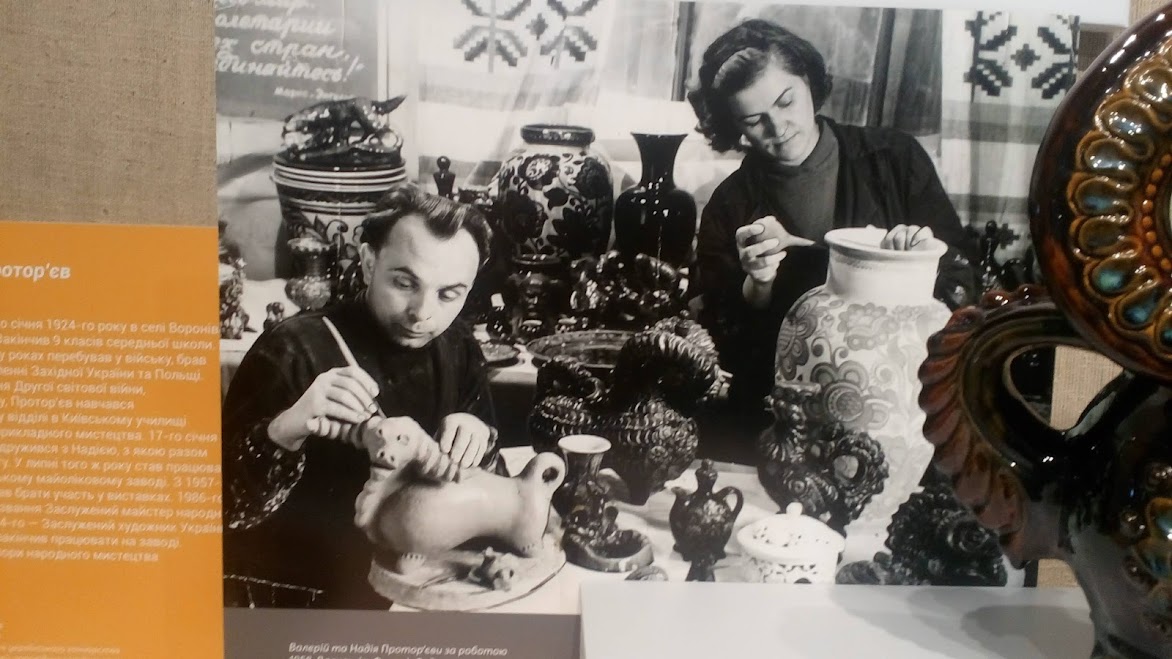
So that means that it is possible to renew production at something that will be called Vasylkiv majolica factory but this is not enough?
It can bear the name of the factory but a phenomenon exists only when there exists a certain tradition, a continuous tradition. And when it is interrupted the name can remain but the entire thing will be different. And it’s not even the matter of several artists because ceramics production is a large complex. In addition to this, time flies; new technologies are developed and everything is moving forward. But the technologies used at the factory are already outdated and obsolete.
It would be possible to recreate some of the models if the model stock survived. We had plaster model production. If those forms and models had been saved they could have been reproduced. But their absence makes this practically impossible. Plaster models and forms must be stored in dry conditions because moisture or freezing temperatures impact plaster.
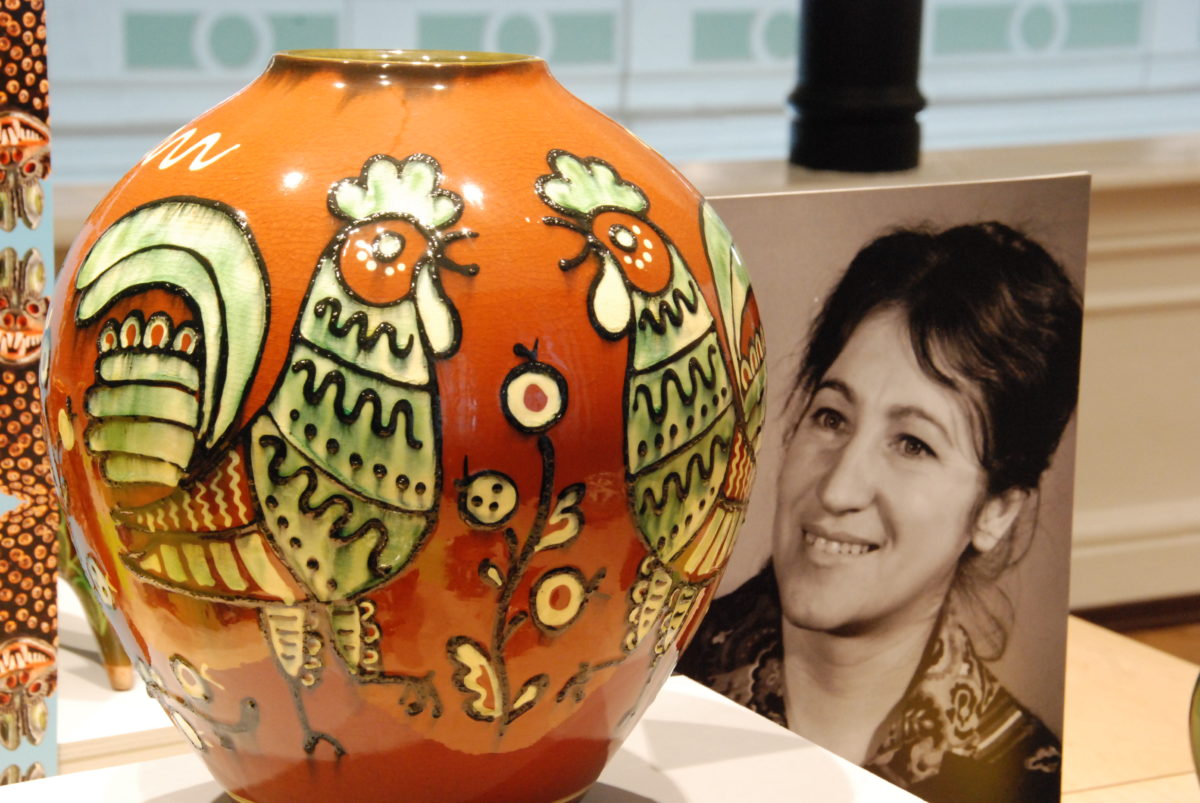
The factory finally stopped its existence in 2004. At the time, only one workshop dedicated to painting porcelain and headed by Mr. Rudenko, survived. It continued operation till 2020 and preserved the Vasylkiv factory spirit. Some of the painter girls from the factory continued working in this workshop. They were masters of Flandrivka (or Flendrivka: a specific technique of pottery ornamenting in Ukrainian folk majolica), so this one remaining factory workshop headed by Mr. Furmanov gave the girls freedom to paint the way they like and they used Flandrivka to decorate standard porcelain sets, pots, bowls and maybe cups. Also, they painted vases, small souvenirs, mugs and plates. Maybe the color palette on these items was different because of changes in the technologies, but they preserved the spirit. Only this workshop was also closed.
All the compartments and rooms of the factory are now rented. There is no ceramics at this place any more.
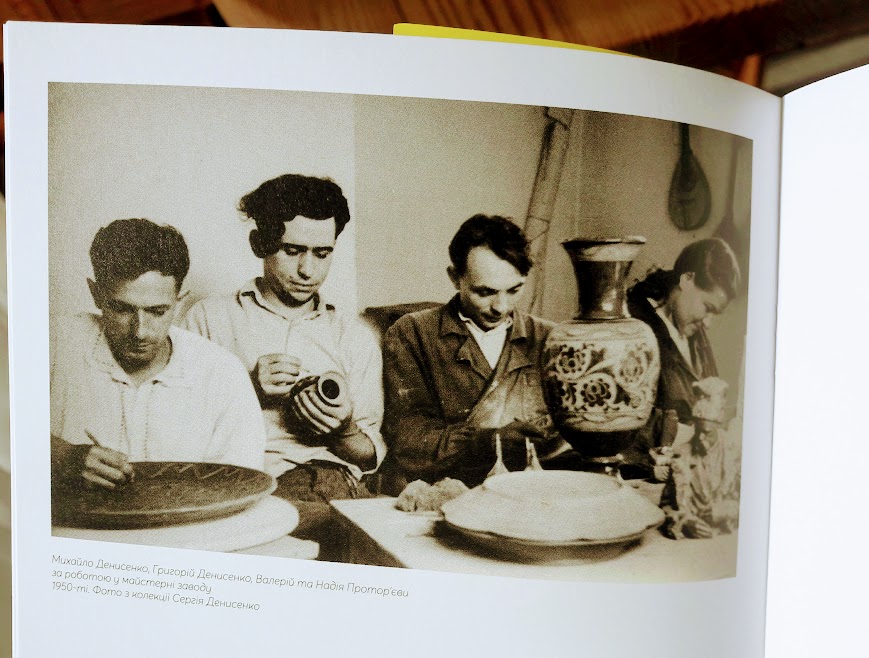
The factory was organized because all the preconditions were met for this: as they say “all the stars aligned at this place at the same time”. Valerii and Nadiya Protoryev came to work at the factory in the 1950s; my father, Mykhailo Denysenko, began to work there in 1949. The technological foundation was laid by Mykhailo N. Bibik, who was my father’s countryman, from the same Oleshnia village; later Volodymyr Kovalenko and Nelly Isupova joined, too. Vasylkiv majolica and plastic arts were created due to these artists.

Those were the pillars: painted pottery and decorative sculpture, including these same roosters, lambs, deer. Mostly they were created by Valerii S. Protoryev. My father, Mykhailo I. Denysenko and Volodymyr M. Kovalenko made them too, but the leading part in zoomorphic plastic art was played by Mr. Protoryev.
What was the main reason for the decline of the majolica factory?
Ukraine used to have a lot of porcelain factories. At the time when we had about 450 employees, both Korosten` and Baranivka factories had several thousand. There were 2 factories in Polonne; 5 or 6 factories in Zhytomyr region alone. Almost each region had a porcelain factory, including Kyiv, Poltava, Drogobych. But all of them had been closed much earlier than Vasylkiv factory was. In 1990s prices for natural gas and consequently for everything rose catastrophically and this situation destroyed the line from producers to consumers. It was still possible to save our factory but incompetence of bureaucrats played its negative role in this.
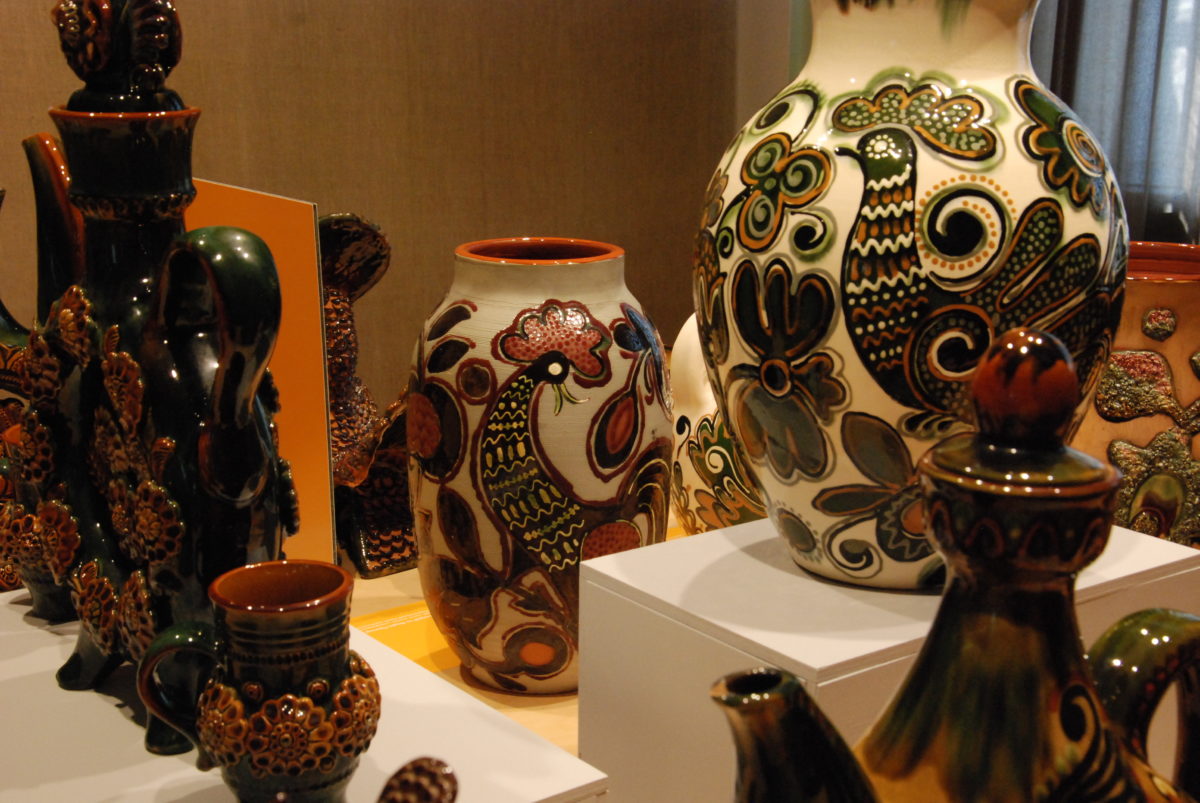
My strongest personal pain are the museums that used to exist at each of the factories. We also had a large room with reference models. But it happened so that no official with corresponding authorities ordered to transfer all these local museums with their exhibits to the State museums. So, all these collections eventually got to private hands. But if this had happened, just think what a rich collection of Ukrainian porcelain would for instance Mystetsky (Art) Arsenal Museum have had!
How strong was impact of soviet propaganda on the works?
The impact on decorative arts was lesser than on fine arts. Propaganda existed in the fine arts area, but with decorative arts it impacted only works that were submitted to exhibitions. And it didn’t touch household items.
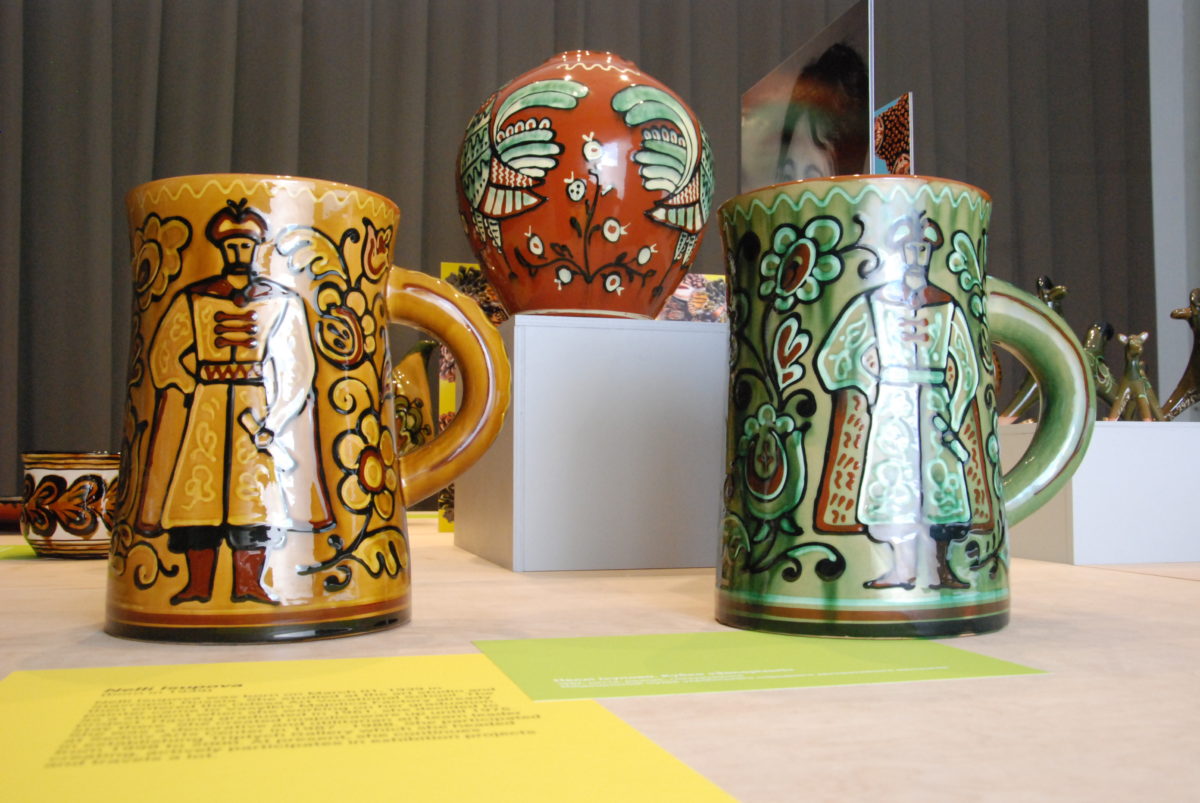
Was there any censorship?
There existed a stylistic kind of censorship. There was a try to avoid Western trends. When Europe went to the direction of simplicity and geometricity of forms, here traditional forms continued to be more or less observed. Decorations were also based on the tradition. And at the time we didn’t experience Russian craft impacts because there was no Russian pottery craft in 19th century – only mass factory production.
Who continues the Vasylkiv tradition now?
I myself and Lesya Denysenko continue the tradition; only Ms. Denysenko has nothing to do with the factory, she did not work there. Her work is totally original. Her father tried to talk her out of the artist profession because he thought there was no prestige in it. But Ms. Denysenko turned to this profession anyway.